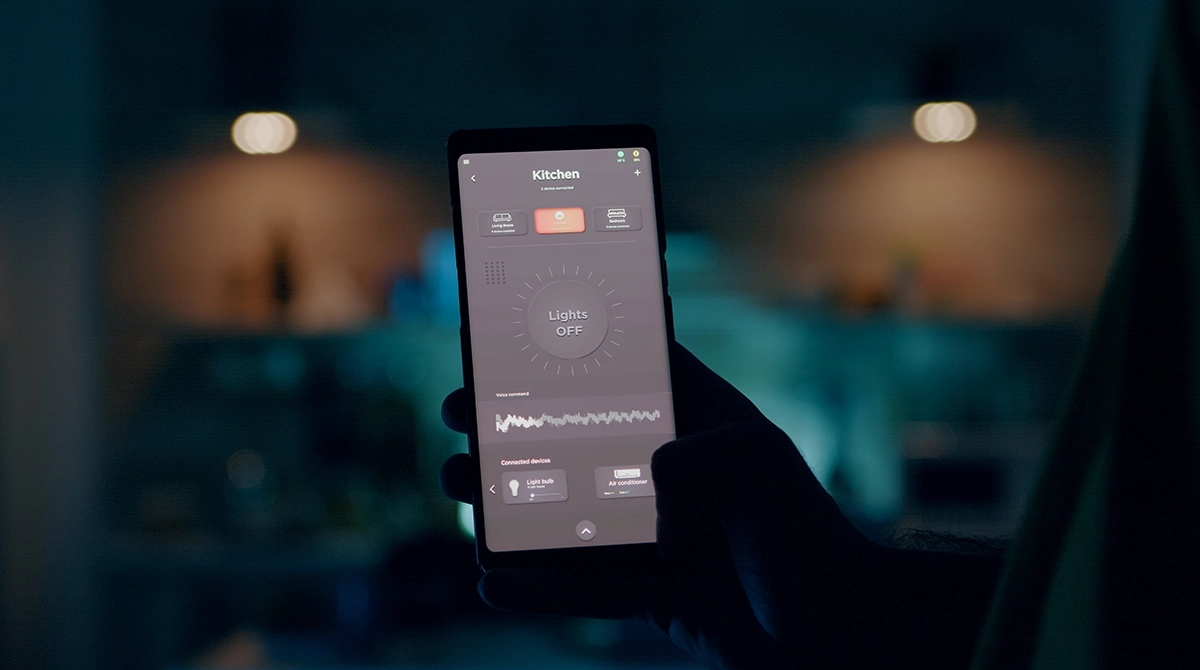
Linear motion refers to movement in a straight line. It involves only one dimension because it happens along a single path or direction.
Definition
It refers to the motion of objects or systems that move in a straight line.
Importance of linear motion in various industries
Numerous industries, such as robotics, automation, automotive, healthcare, and manufacturing, depend heavily on linear motion. Applications for it include medical equipment, robotic arms, CNC machines and conveyor belts.
Different types of linear motion systems
- Linear actuators – Rotational motion can be converted into linear motion using linear actuators
- Linear guides – Smooth and accurate linear movement is provided by linear guides
- Lead and ball screws – These convert rotational force into linear displacement
- Linear motors – Direct linear motion is produced by linear motors, which do not require mechanical gearbox elements.
Basic principles of linear motion
When anything moves in a straight line, it is called linear motion. When an object moves linearly, each point moves in a path that is parallel to the others.
Components of a Linear motion system
- Actuators – Machines that transform energy into mechanical motion are the units of a linear motion system. Pneumatic and hydraulic cylinders, as well as electric motors are common varieties in it.
- Bearings – To lessen wear and friction, bearings support and guide moving parts. Ball, roller and simple bearings are a few examples.
- Linear guides – Structures that assist in the exact movement of parts are called guides. Often used to ensure precise and fluid mobility are linear guides or rails.
- Couplings: These enable for movement and compensate for misalignment by joining various mechanical components. Frictionless couplings and stiff couplings are two examples.
Types of linear motion systems
Ball screws – Ball screws are mechanical devices used to convert the rotational motion into linear motion. Ball screws are known for their high efficacy and precision. It is an essential tool in machine applications.
Linear guides – when moving heavy objects in a straight line, a linear guide is a machine element that makes use of bearings, which were designed for circular motion.
Rack and pinion – Rack and pinion are mechanical devices used to convert revolving motion into linear motion.
Belt and pulley – when there is a significant distance between two shafts, a belt and pulley that functions similarly to chains and gears, transmits power from one shaft to another using ropes and belts.
Lead screws – Lead screws are somewhat similar to ball screws, but it produces linear motion with a helical thread.
Linear motion in Industrial applications
Linear motion plays a significant role in industrial automation enabling precise and efficient movement of components in various applications.
- Precision – High precision operations like machining, inspection and assembly require precise motion systems, which offer this quality.
- Efficiency and Speed – By accelerating processes, they can achieve higher and quicker production cycles.
- Flexibility and Scalability – Linear motion systems exhibit versatility across a range of industrial processes due to their flexibility to be tailored and are scaled to suit particular applications.
Linear motion in Medical application
The accuracy and dependability of linear motion systems make them essential for use in medical applications. They help to ensure high quality imaging by precisely positioning patients and equipment in CT scanners, MRI machines and ultrasound devices. Through robotic sample handling and automated systems, linear motion is advantageous to laboratory automation, which allows for accurate liquid handling and effective sample management. For delicate surgical operations and perfect alignment in laser surgeries, surgical robots and equipment make use of linear actuators, which improve surgical precision. Linear motion components are used in pharmaceutical manufacturing and packaging to maintain quality control by ensuring precise medicine filling, dispensing, and inspection.
Linear motion in Ergonomics
Linear motion technology makes use of actuators to improve workplace ergonomics by allowing adjustments in furniture, such as adjustable desks and seats. Due to its flexibility one can adopt a more comfortable posture which will eventually reduce their physical strain and improve their productivity at the workplace.
Linear motion in smart homes
Modern smart houses are built with linear motion technology, which integrates smoothly with automation systems. It is frequently found in smart doors and windows, which allows automated opening, shutting and adjusting with best possible lighting, security and privacy. With their increased accessibility, energy and environmental control, these apps improve the comfort and convenience of living at home. Future trends will mainly focus on more advanced solutions with the help of artificial intelligence.
Linear motion in environmental control
Since linear motion allows for accurate temperature and airflow adjustments, it is particularly important for environmental control in HVAC systems. By maximising ventilation, heating, and cooling system performance, it supports the construction of energy saving buildings. The goal of future trends is to achieve more sustainable and adaptable environmental control solutions by utilising eco-friendly materials and smart automation to increase energy efficiency.
Conclusion
To conclude, linear motion technology is essential to many different industries since it allows for accurate control and effectiveness in a variety of applications. Even more advantages are promised by its potential for future developments, which could include smarter, more energy-efficient systems. Linear motion technology is an essential part of modern technical progress and industry growth, since it is expected to generate major increases in productivity, comfort and sustainability with continuing innovation.
